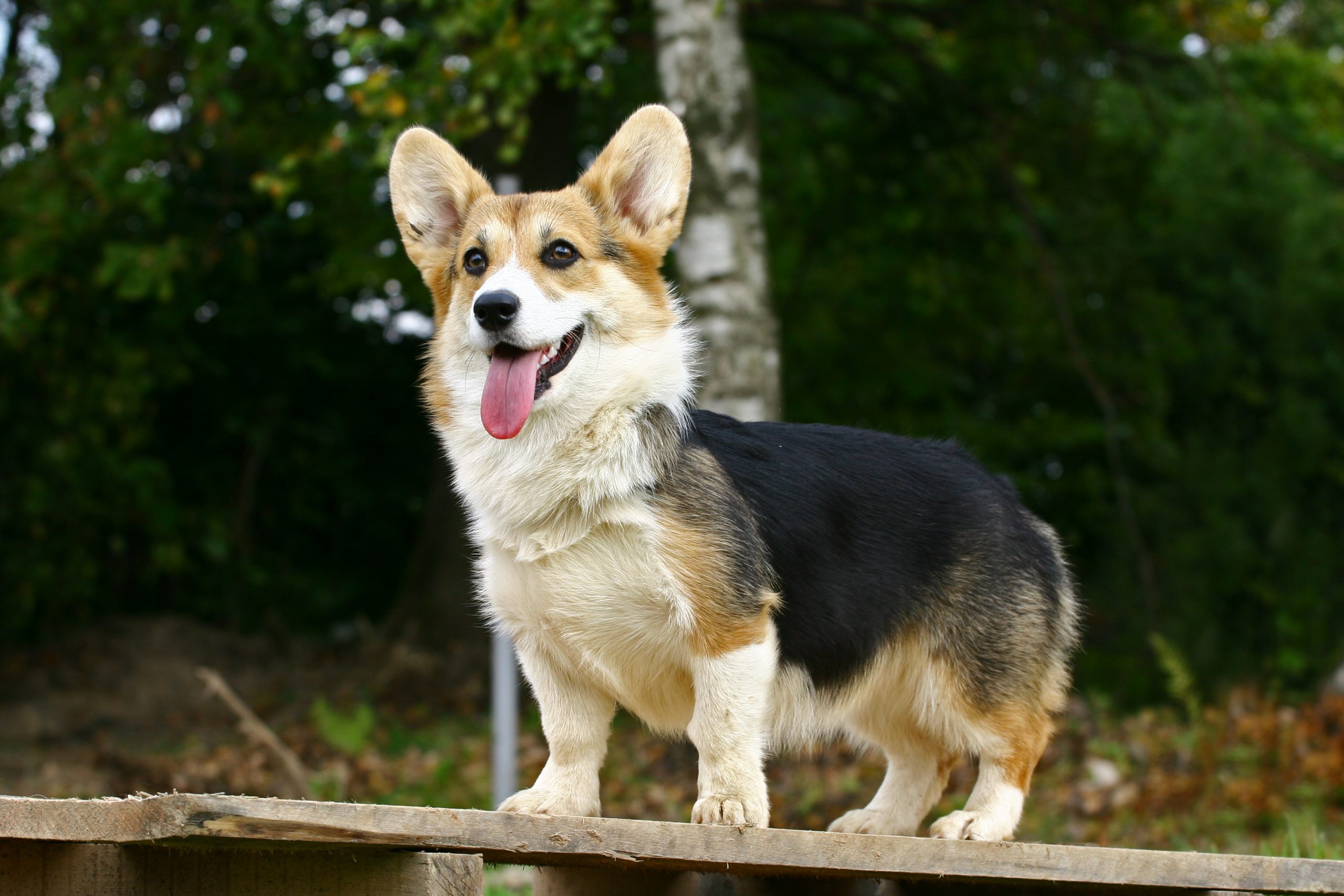When it comes to dog training, the earlier you start, the better. Puppies are more receptive and easier to train when they’re young, so it’s recommended that you begin as soon as possible after bringing your new furry friend home. However, if you adopt an older dog or have a rescue pup who may not be familiar with basic commands like sit, stay, come, etc., don’t worry – there is still hope! With consistent practice and patience, even adult dogs can learn new tricks.
Potty training your puppy should also be one of your top priorities. It’s essential for their health and well-being, but also helps prevent any accidents from happening in your house. Start by taking them out on a regular schedule (every two hours), praising them when they go outside, and avoid giving them treats or food while doing their business. Over time, they will associate going outside with positive reinforcement and eventually potty train themselves without needing constant supervision.

Obedience training for dogs involves teaching them how to respond appropriately to different cues such as “come,†“stayâ€, “leave it†and many others. This type of training is crucial for ensuring safety and maintaining control over your pet. The best methods include using positive reinforcements such as treats, verbal praise, and playtime, along with firm yet gentle corrections when necessary. Consistency is key here; make sure to stick to a routine and keep practicing regularly until your dog has mastered each command.
How Many Days Per Week Should You Train?
Pro Tip: To make the most of The Ultimate Guide to Dog Training: Everything You Need to Know, break tasks into smaller steps and celebrate quick wins. It keeps you motivated and on track.
Training your dog consistently is important, but overtraining can lead to burnout and frustration. Aim for at least 15 minutes per day, broken up into several shorter sessions throughout the week. Any additional training beyond this amount should only occur once your dog has fully grasped the previous lesson. Remember, slow and steady wins the race!
The Best Methods of Puppy Training
There are various techniques used for puppy training, including clicker training, leash training, crate training, and socialization. Clicker training uses a clicking sound paired with a treat to mark desired behaviors, while leash training teaches your pup to walk nicely on a leash without pulling or lagging behind. Crate training allows your pooch to feel safe and secure inside their own space, while socialization introduces them to different people, animals, and environments. Combination of these methods can help you achieve quick results and create a well-rounded, obedient companion.
Related Questions
How often should I Practice obedience commands with my adult dog each week?
Practice obedience commands with your adult dog at least 4 to 5 times per week, with sessions lasting 10-20 minutes. Use positive reinforcement techniques like treats and praise to reinforce commands such as sit, stay, and come. Consistent daily practice ensures your dog maintains good behavior and responds reliably in different situations. Gradually increase the difficulty or duration as your dog improves.
What is How Many Days Per Week Should You Train? and how does it work?
At its core, How Many Days Per Week Should You Train? refers to the process or practice of How Many Days Per Week Should You Train? in a defined context. In a simple project you might allocate 5–10 hours to learn and experiment with basic techniques. For example, someone starting out could focus on one key activity and measure how it improves their results. Understanding these mechanics helps you plan budgets, pick tools, and set realistic expectations.
How do you get started with How Many Days Per Week Should You Train??
- Research at least two reputable sources to learn the fundamentals of How Many Days Per Week Should You Train?.
- Gather essential materials and set a small budget (for example, $50) for supplies.
- Create a step-by-step plan and dedicate 30 minutes each day to practice.
- Track your progress in a journal or spreadsheet and adjust based on what you learn.